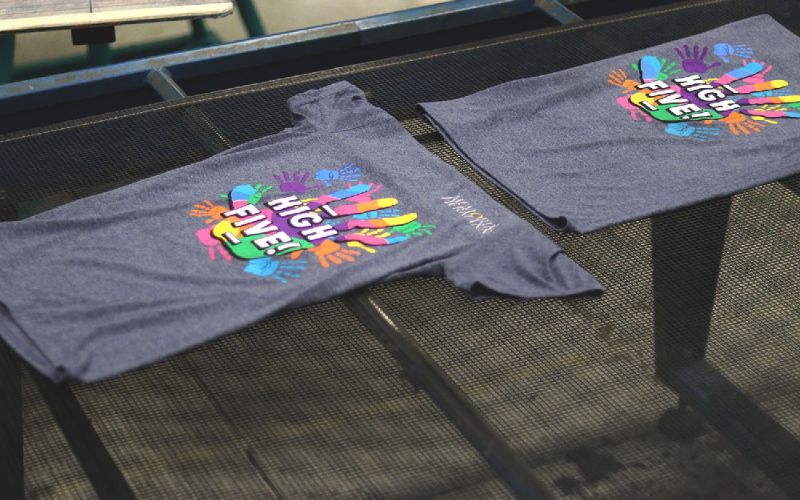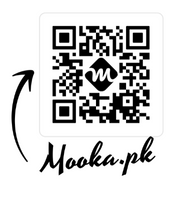
Ever wondered how a garment manufacturer creates apparel for your company? There are many steps involved in the process, such as the design of the product, fabric source cutting, sewing, and finishing.
As a fashion label, It is important to understand the basics of manufacturing clothing. This will help assist you in understanding the fundamental terms, lead times, and design processes. It can also help establish your expectations.
The manufacturing process for clothing is different depending on the scale of the manufacturing facility. However, many follow standard procedures to make clothing on small and large scales.
The fundamentals of clothing manufacturing
1. DESIGN STAGE
Every piece of clothing begins with a concept. The idea is then digitalized into a technical sketch and specifications for each item.
2. PATTERNS
The digital outline and technical specifications will be used to create patterns. The manufacturer creates an electronic file using the outline of the pattern if they are made by an external source. The use of digital patterns assures uniformity and accuracy during the design phase. These patterns can also be used for size grading after approval to use.
3. FABRIC SOURCING
Based on your initial design the right fabric is selected to make the garment. The clothing manufacturers usually have a range of fabrics to pick from. They also can advise on the most appropriate options based on the style and application of the final product.
LAMINATING, MARKING, AND CUTTING
The process of laying and marking process can help save costs and reduces the amount of fabric wasted. The patterns are laid out, and each element in the pattern maximizes the amount of fabric available.
An electronic plotter prints the lay plan that is then employed to trim the fabric. Based on the quantity of the order it is often done by hand using the machine finishing. When ordering bulk quantities garment manufacturers cut the fabric into layers. This is based on the size and properties that are present in the fabric.
TRIPES, EMBROIDERY, AND SCREEN-PRINTING
When the pieces are prepared to be stitched, it’s time to think about the finer points. This step considers the trim options and any embroidery or screen printing specifications from the customer. There are a variety of shades and options to meet the specifications of the designer.
SEWING
The previous stages give you everything you need to create the final product that can then be sewn together. This can be done by a machinist or manufacturing facility, based on the number of orders.
SURVEILLANCE AND FINISHING
Every product is inspected against the specifications provided at the beginning and checked for quality upon finalization. They are then finished by applying tags and labels that feature your logo.
Shipping your products
The products are packaged individually and packed up and ready for shipping. There are various shipping options to choose from, and they vary in price.
The most important thing to take away from the clothing PROCESS OF MANUFACTURING
The samples are created prior to the final approval. This gives you the opportunity to tweak the sample and take care of any QC problems.
The process of designing and creating clothes from scratch can be a lengthy process and rapid modifications here and there aren’t always feasible.
The process of producing clothing with wholesale clothing is less time-consuming because the garments will be ready for printed or embroidered following the design approval.
The length of lead time varies based on the order’s size and the specifications.





